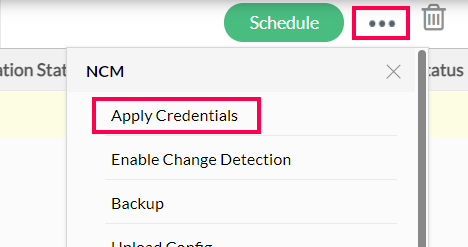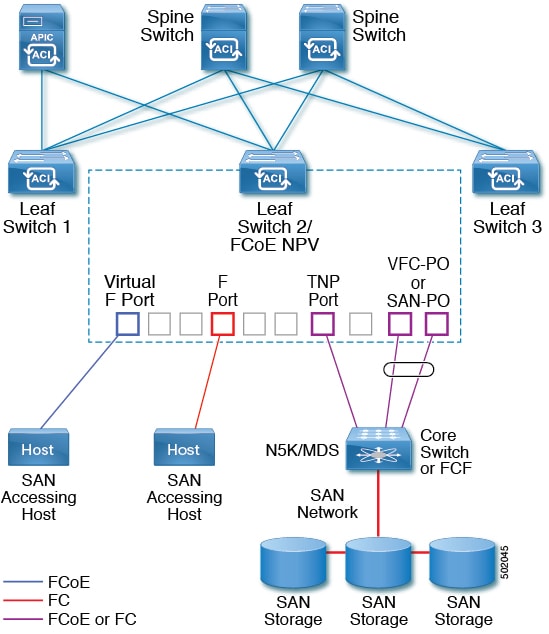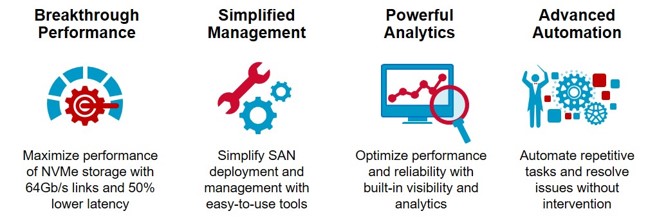

Some vendors require a license for the number of Span, Mirror, or Diagnostic ports you want to try to enable, and there can be throughput issues exceeding 100 ports mirrored. Span/Mirror ports tend to require specific setup, and there is a limit as to how many per switch you can do.

If you Xgig-Capture on those, you'll see that some B2B primitives are not shared, the SCSI 00 ending the exchange might not show up, and the latency from the actual live links to the mirror/span links is not consistent - so if you're trying to do timing off that, it'll be all over the map. Additionally (you mention Finisar Xgigs) the Span/Mirror ports don't see all the traffic. Span Ports or Mirror ports are great ways to mirror the actual traffic between the ports it can lead to problems when exceeding the aggregate traffic of all ETLs (as Martin2341 mentions). This feature cannot be used on embedded switch traffic. Use port mirroring to detect missing frames, which may occur with zoning issues or hold timeouts, capture protocol errors, and capture ULP traffic (SCSI/FICON). If the mirror port bandwidth is exceeded, no credits are returned to the receiver port and thus those devices involved in the mirror connection see a degraded level of performance. A normal 4 Gbps F_Port is bidirectional and can support up to 8 Gbps (4 Gbps transmit and 4 Gbps receive) of traffic. A mirror port configured at 4 Gbps can only support up to 4 Gbps of traffic.
#Brocade san switch rest api full
Thus, a host does not send full line rate to a single target. In general, a host (SID) talks to multiple storage devices (DIDs). The bandwidth of the mirror port is unidirectional. Attempts to mirror more traffic than what available bandwidth allows results in the port mirror throttling the SID/DID traffic so that traffic does not exceed the maximum available bandwidth. This also means that the port cannot exceed the maximum bandwidth of the mirror port. Because of the way it handles mirroring, a single mirror port can mirror multiple mirror connections. It mirrors only the frames containing the SID/DID to the mirror port. Port mirroring captures traffic between two devices. This is a useful way to troubleshoot a problem port without bringing down the host and destination links to insert an inline analyzer. With port mirroring, you can configure a switch port to mirror the traffic between a specific source and destination port. Port mirroring reference in the FOS v7.2.0 Troubleshooting and Diagnostics Guide: Refer to the Fabric OS Troubleshooting and Diagnostics Guide for more information on port mirroring. This is only supported for pairs of F_Ports. M_Port reference in the FOS v7.2.0 Admin Guide:Ī mirror port that is configured to duplicate (mirror) the traffic passing between a specified source port and destination port. I am continuing to search for more for you. You probably already have seen this however I am providing it just in case.

The following is all I have been able to find on this so far.


 0 kommentar(er)
0 kommentar(er)
